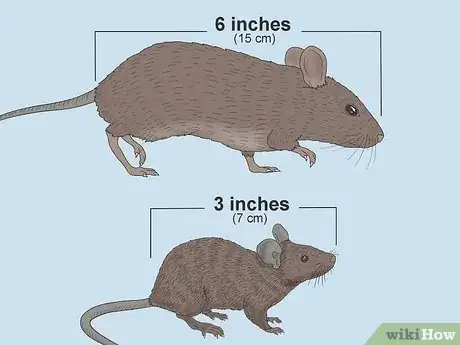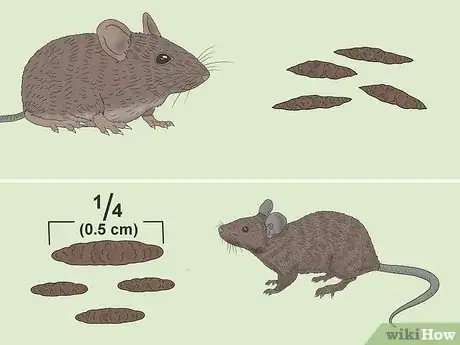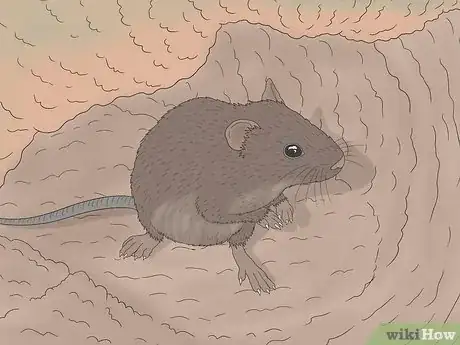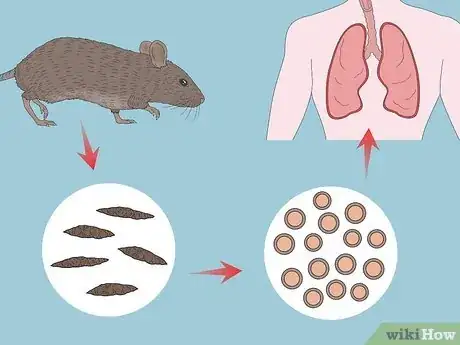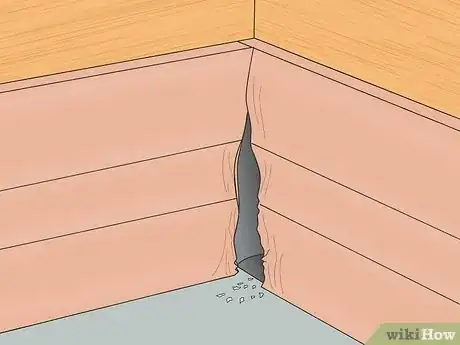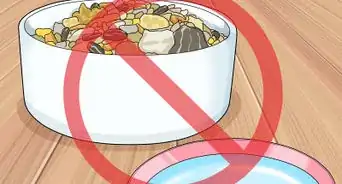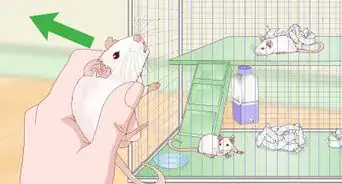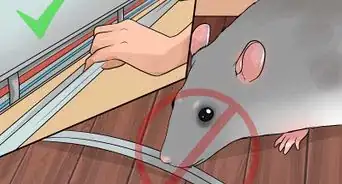This article was co-authored by Kevin Carrillo and by wikiHow staff writer, Devin McSween. Kevin Carrillo is a Pest Control Specialist and the Senior Project Manager for MMPC, a pest control service and certified Minority-owned Business Enterprise (MBE) based in the New York City area. MMPC is certified by the industry’s leading codes and practices, including the National Pest Management Association (NPMA), QualityPro, GreenPro, and The New York Pest Management Association (NYPMA). MMPC's work has been featured in CNN, NPR, and ABC News.
There are 9 references cited in this article, which can be found at the bottom of the page.
This article has been viewed 2,862 times.
Out of the corner of your eye, you see a small, furry critter race across your floor. It’s definitely a mouse, but how can you tell if it’s a field mouse or a house mouse? The great news is that there are size, appearance, and behavior differences between these mice that can help you easily tell them apart. In this article, we’ll list all the telltale signs that you’ve got a field or house mouse in your home. We’ll also tell you about any concerns you need to be aware of when dealing with these mice.
Things You Should Know
- Field mice are dark brown or gray with a white belly, while house mice are a solid brown or gray.
- Field mice are about 6 inches (15 cm) long with a furry tail. House mice are smaller, about 3 inches (7 cm) long with a scaly, hairless tail.
- Field mouse droppings have pointed ends, while house mouse droppings are oblong and rounded.
- Field mice are typically found in rural areas, while house mice are more commonly found in residential areas.
Steps
References
- ↑ http://ipm.ucanr.edu/PMG/PESTNOTES/pn7483.html
- ↑ https://aaacwildliferemoval.com/blog/mice/field-mouse-facts/
- ↑ https://www.welcomewildlife.com/house-mouse/
- ↑ https://www.welcomewildlife.com/house-mouse/
- ↑ http://ipm.ucanr.edu/PMG/PESTNOTES/pn74161.html
- ↑ https://www.cdc.gov/hantavirus/pdf/hps_brochure.pdf
- ↑ http://ipm.ucanr.edu/PMG/PESTNOTES/pn74161.html
- ↑ http://ipm.ucanr.edu/PMG/PESTNOTES/pn7483.html
- ↑ http://ipm.ucanr.edu/PMG/PESTNOTES/pn74161.html
- ↑ https://www.livescience.com/28028-mice.html
- ↑ https://www.welcomewildlife.com/house-mouse/
- ↑ http://ipm.ucanr.edu/PMG/PESTNOTES/pn74161.html
- ↑ http://ipm.ucanr.edu/PMG/PESTNOTES/pn7483.html
- ↑ http://ipm.ucanr.edu/PMG/PESTNOTES/pn7483.html
- ↑ http://ipm.ucanr.edu/PMG/PESTNOTES/pn74161.html
- ↑ https://icwdm.org/species/rodents/house-mice/house-mouse-damage-identification/
- ↑ http://ipm.ucanr.edu/PMG/PESTNOTES/pn7483.html
- ↑ https://www.humanesociety.org/resources/what-do-about-wild-mice

